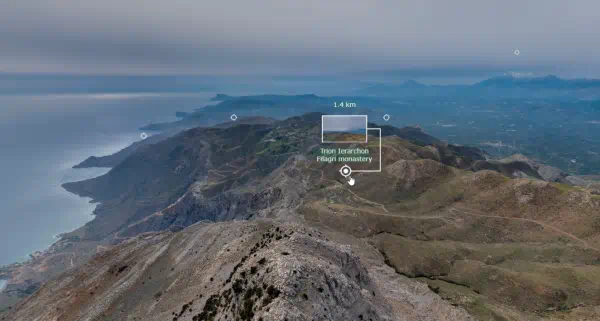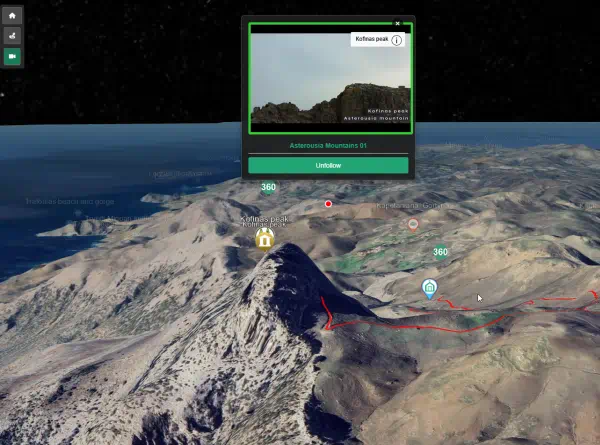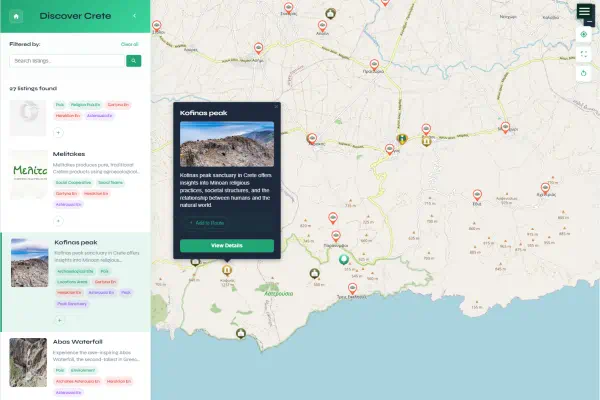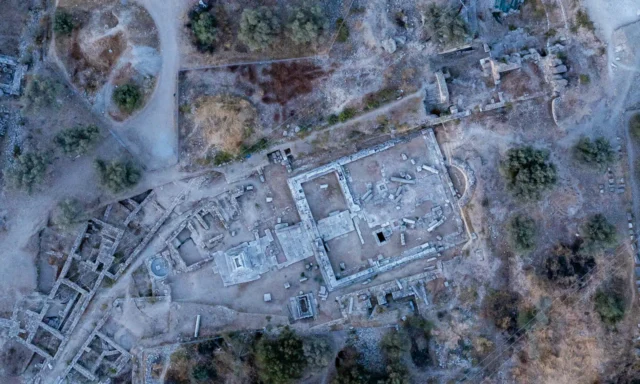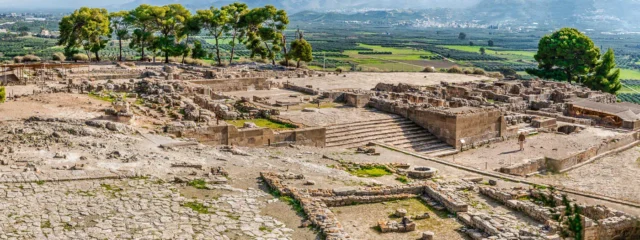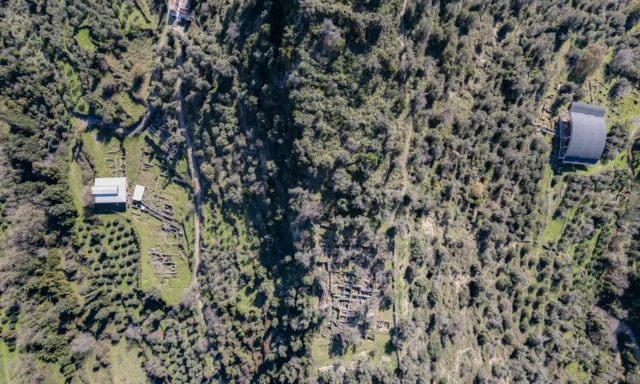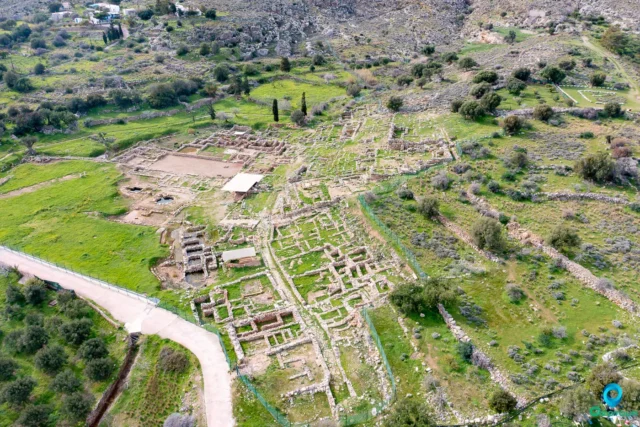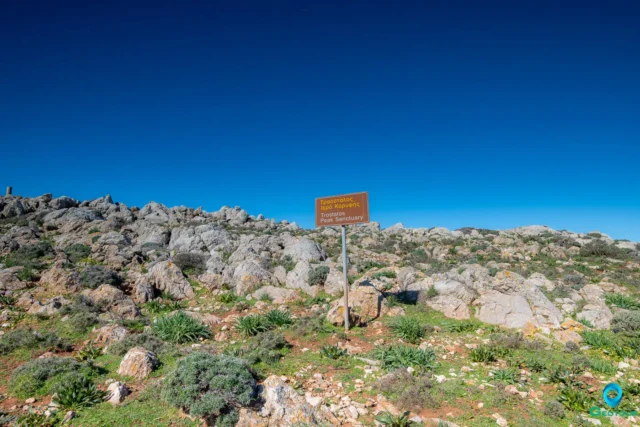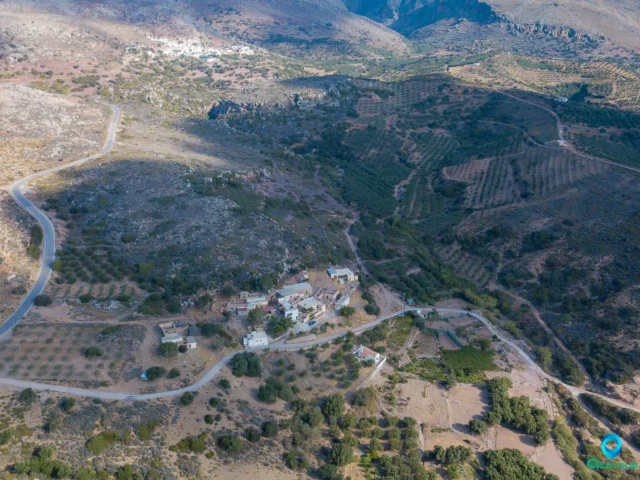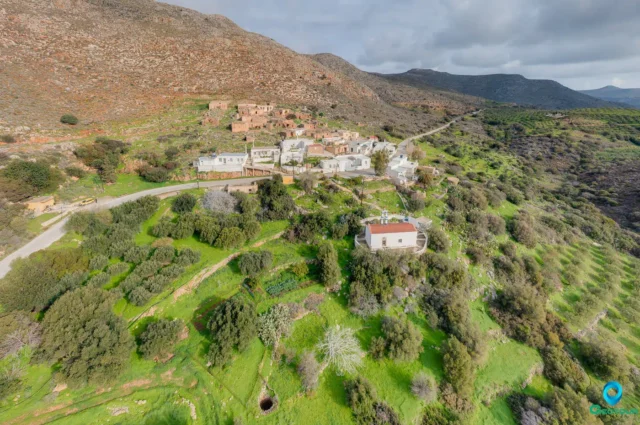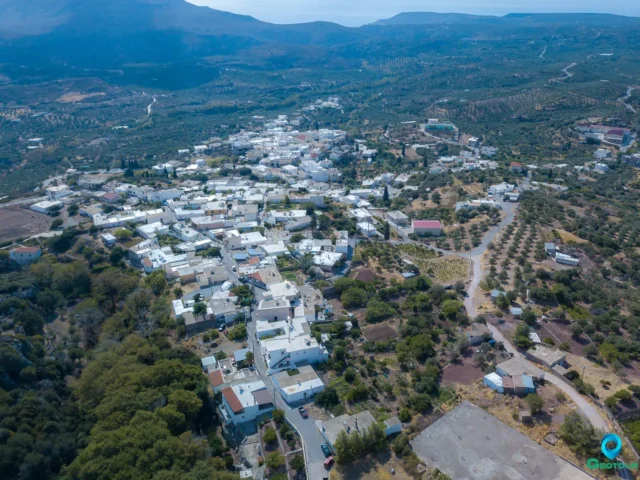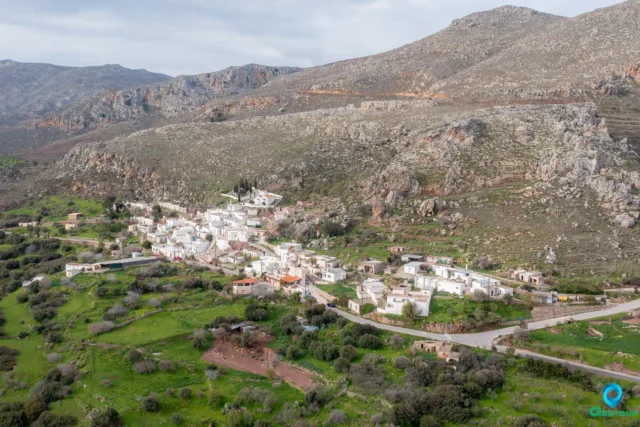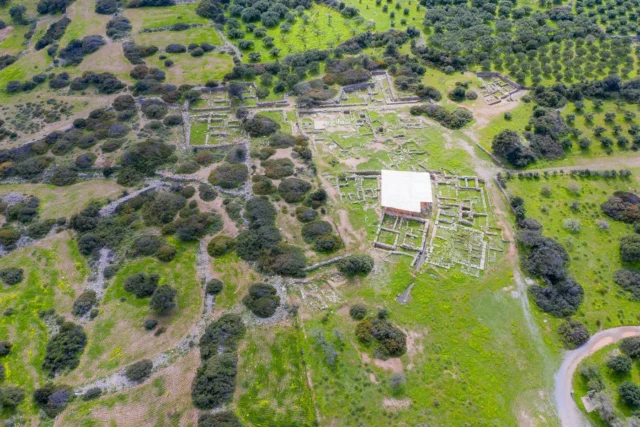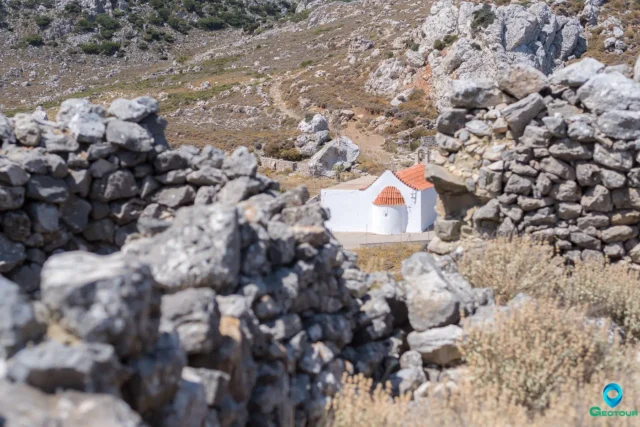The Pelekita Cave is situated on the eastern coast of Crete, approximately 5 kilometers northeast of Kato Zakros, southwest of Karoumbes Bay, at the base of Mt. Traostalos.
Pelekita Cave, one of the largest on the island, contains impressive stalactites and stalagmites, as well as a fresh water source in its deepest recesses. The cave is also known as Sykiospilios, meaning ‘the cave of the fig tree’. The finds date primarily to the Minoan and Neolithic periods.
Paleolithic and Mesolithic Periods
Recent studies have focused on the early prehistory of Crete, including the Paleolithic and Mesolithic periods, leading to revised understandings of the islands’ development and early seafaring. Discoveries from these periods have prompted a reassessment of the relative and absolute chronology of the Neolithic period in Crete.
Neolithic Period
The Neolithic period at Pelekita Cave is a significant area of study, with finds dating from the Early Neolithic through the Final Neolithic. However, there are debates among scholars regarding the dating, duration, and definition of this period.
Chronological Systems: There are two primary chronological systems used by scholars for the Neolithic period in Crete: those of Nowicki and Tomkins. These systems differ in their methodological approaches, research questions, and terminology, particularly for the period after 4500 BC until the beginning of the Bronze Age. Both systems have undergone revisions to correct errors and provide more nuanced interpretations.
Dating and Material Culture: The dominant terminology and absolute dating of Neolithic Greece are employed to correlate Pelekita Cave with the wider Aegean. The cave was most intensively used during the Late Neolithic, approximately from 5400/5300–4800/4700 BC, with some pieces possibly dating earlier (around 5900 BC) and later (around 4500/4300 BC). A mid-5th millennium terminus ad quem is supported by the absence of diagnostic features such as pattern-burnishing, rope-cordon decoration, crusted decoration, ‘cheese-pots’, and ‘rolled-rims’.
Regional Connections: Pelekita’s pottery shows connections with other areas, including the Cyclades, Dodecanese, Franchthi Cave, Tigani on Samos, and sites on the Anatolian coast. The white-painted pottery found at Pelekita, dating to approximately 5320–5020 BC, is particularly informative regarding the site’s interactions.
Minoan Period
While the primary focus of recent excavations has been on the Neolithic period, finds from the Minoan period are also present in Pelekita Cave. The presence of a volcanic ash layer, likely associated with the LM IA Thera eruption, further links the cave to Minoan cultural and geological history.
Excavations at Pelekita Cave
The exploration of Pelekita Cave began with Costis Davaras in 1979, who conducted initial excavations to uncover the cave’s historical significance. Davaras continued his work in 1982 and 1985, joined by Athanasia Kanta, expanding the understanding of the site.
Renewed interest in the cave led to further excavations in 2014 and 2015, directed by Athanasia Kanta and Susan Ferrence. These recent efforts aimed to test the cave’s stratigraphy and gather samples for detailed analysis of the economy, flora, fauna, and paleoclimate history.
The excavation efforts have primarily focused on Chamber 1, a rock-shelter-like area open to air and sunlight. This chamber’s accessibility and natural light made it a focal point for human habitation. The deeper chambers of the cave, which contain impressive stalactites, stalagmites, and a freshwater source, were not explored during these excavations.
Notable Artifacts Uncovered
The excavations at Pelekita Cave have yielded a wealth of artifacts, providing insights into the cave’s use during the Neolithic and Minoan periods.
Neolithic Pottery
One of the most significant finds is the extensive Neolithic pottery assemblage. The pottery is characterized by thin-walled vessels with dark-colored surfaces, ranging from black to brownish-black and blackish-gray. These surfaces are typically well-burnished, giving the pottery a polished appearance, and most vessels are made from fine or medium-fine fabric.
Macroscopic analysis of the pottery reveals the use of various tempers, including calcite, quartz, and, less frequently, mudstone or grog. The size and amount of these inclusions vary depending on the vessel size. Petrographic analysis, planned for the future, aims to define specific fabric groups and distinguish between local and imported vessels.
Among the ceramic finds, white-painted pottery stands out, with examples dating to approximately 5320–5020 BC. These pieces exhibit geometric designs such as hatched triangles, chevrons, and parallel oblique lines arranged in metopes. Some sherds also feature curving lines, including a possible festoon on a hemispherical bowl. The presence of white-painted pottery links Pelekita to other sites in the Cyclades and Dodecanese.
Stone Tools
Excavations have revealed ground and chipped stone tools in situ, indicating tool production and usage within the cave. These tools would have been essential for various activities, including food processing, woodworking, and hide preparation.
Seashells and Bones
Pelekita Cave has produced one of the largest and best-preserved fish bone and seashell assemblages in the Aegean. This collection provides valuable information about the diet and economic activities of the cave’s inhabitants. The presence of fish bones and seashells suggests that the cave dwellers exploited marine resources.
In addition to marine remains, the cave has also yielded a substantial collection of animal bones. These include bones from typical Neolithic domestic mammals such as sheep, goat, pig, and cattle, as well as birds and microfauna like rodents. These bones offer insights into animal husbandry practices and the local environment.
Volcanic Ash
A layer of volcanic ash, likely associated with the Late Minoan IA (LM IA) Thera eruption, has been identified within the cave’s stratigraphy. This ash layer serves as a chronological marker, linking the cave’s occupation sequence to the broader Aegean timeline.
Architectural Remains Discovered
The excavations at Pelekita Cave have also revealed notable architectural remains, providing insights into how the cave was used and organized.
Hearths
Superimposed Neolithic plain and built hearths have been found in situ. These hearths, representing multiple phases of use, indicate that the cave served as a domestic space where food was prepared and perhaps other activities requiring fire took place.
Semi-Circular Built Feature
In the southwest corner of Chamber 1, archaeologists discovered a semi-circular built feature, which may have functioned as a sheep-pen. This structure suggests that the cave was used for animal husbandry, providing shelter and protection for livestock.
Key Points
- Location and Accessibility: The Pelekita Cave is located on the eastern coast of Crete, near Kato Zakros, and is situated at the base of Mt. Traostalos.
- Dimensions: The cave has five large chambers measuring up to 45m wide, along with several corridors. A small pond is located in the deepest recesses, approximately 51m vertically from the entrance.
- Active Historical Periods: The cave was actively used during the Paleolithic and Mesolithic, Neolithic (Early, Late, and Final Neolithic), and Minoan periods.
- Historical Significance: The cave is significant due to its Neolithic strata, which provide insights into the economic, flora, fauna, and paleoclimate history of the region. The ceramic material found in the cave makes it the oldest Neolithic site in southeastern Crete.
- Current Status: Excavation and analysis of the cave’s contents are ongoing, with future studies planned to clarify dating and regional connections.
Since caves are unique and fragile ecosystems keep in mind that every removed object, and every disturbance can have a lasting impact.
Be mindful of uneven terrain, potential rockfalls, and the risk of disorientation. Ensure you are adequately prepared with appropriate gear, lighting, and at least one companion.

